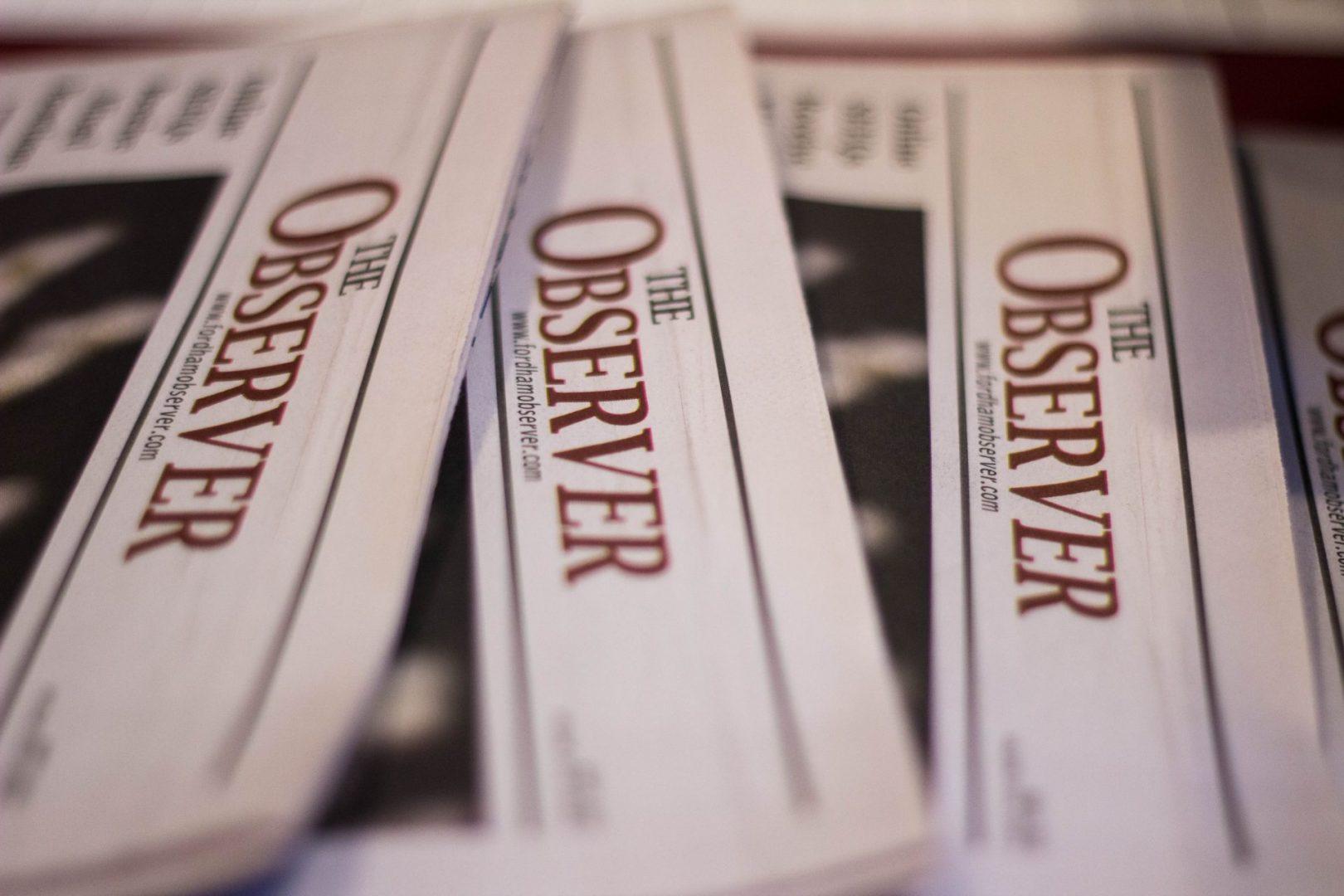Staff Editorial: Our Club System Must Evolve With Us
October 16, 2019
Club leadership issues have hit Lincoln Center particularly hard in the past few years, with the most recent club to be placed on hiatus — meaning that they no longer receive university funding, but can be brought back to full status in the future — being UNICEF Club, citing a struggle in maintaining club leadership due to other time commitments. Like the Black Student Alliance and the Student Organization of Latinx, both of which recently languished on hiatus before being revived, scheduling conflicts and low engagement proved to be a deadly combination.
It’s rare to see the students who take leadership positions on campus do so with leisure, especially with the few resources that are given by the university. Between classes, jobs and multiple campus-life groups, student leaders must stretch their time more thinly than every dollar their clubs receive, trying to fit four years of college into a New York minute.
Too often, they simply cannot keep up with the serious time commitments required to run a club while staying in compliance with policy. The unfortunate result is clubs gradually dropping off the Lincoln Center map, as their resources fail to measure up to the effort their leaders put in to make their clubs — and the larger Fordham community — flourish.
The allure of the concrete jungle has heretofore created a desert on campus, with clubs and student activities underfunded, underattended and unled.
This is a particular shame because things have begun to shift — this year has shown record participation in student life. Over a dozen clubs have applied to be recognized, and attendance at Club Day nearly doubled since last year. It appears as though we want to change our reputation, to find a way to fit the goings-on at our little campus into our far-flung city lives. But there’s a point when we can only do so much.
The clubs we have wouldn’t exist in the first place if no one wanted to take part in them — but they are an investment of time, energy and money that, for even the most zealous of students, is eventually exhausting. As an institution with a far larger resource pool, Fordham must consider these clubs — and any future ones — as an investment too.
With an energetic student body of unprecedented size excited to contribute to campus life, Fordham should take a closer look at its policies regarding student involvement. The heavy restrictions on flyering make raising awareness about a new club difficult, while the lack of common space for meetings, formal or informal, makes any organizing a headache. Add to the mix that club leaders are uncompensated and must often prioritize jobs or internships over club responsibilities, and that limited scheduling options put a severe damper on attendance, and it’s clear that clubs at Fordham must fight an uphill battle to even stay afloat.
Fordham’s emphasis on proper bureaucratic procedure is responsible and commendable, but it is an approach best suited to a small student body with a few very dedicated leaders. In this moment of growing enrollment and widespread but noncommittal engagement, Fordham may have to consider loosening its strictures to allow for the organic growth of student involvement, a potential that is, for now, pushing the current system to its limits.












